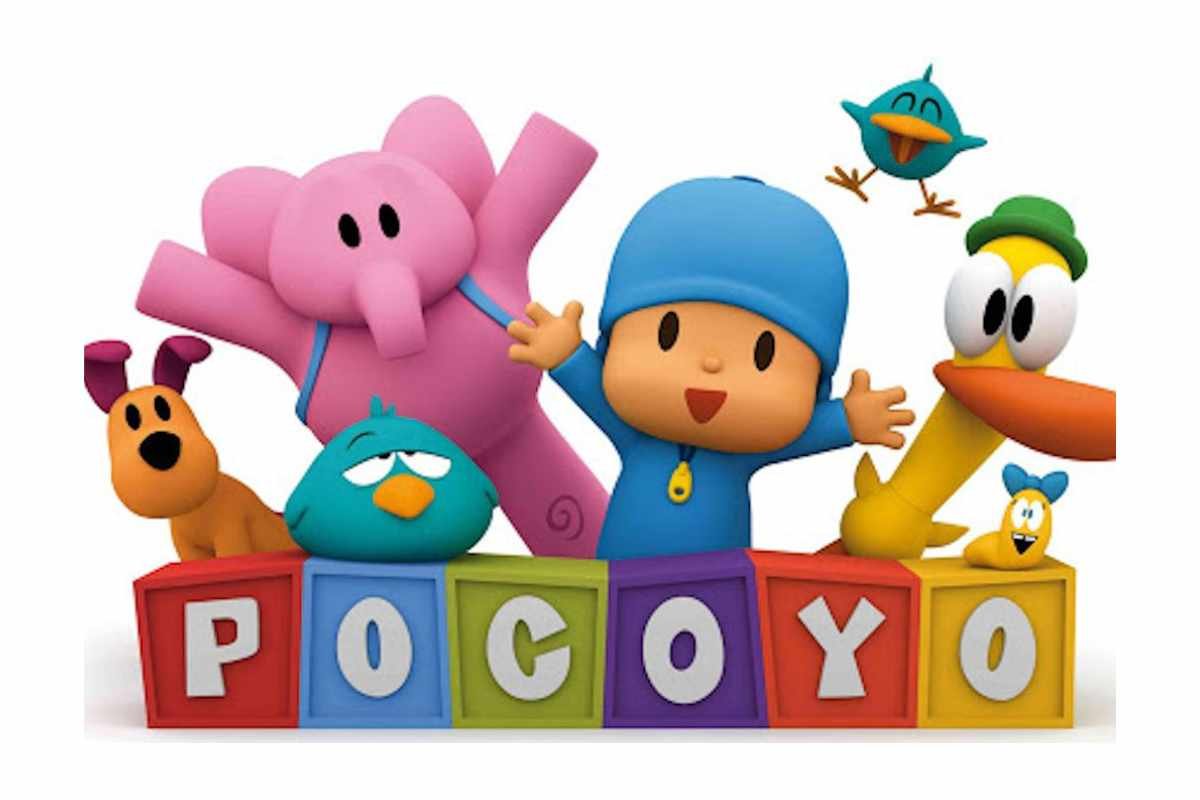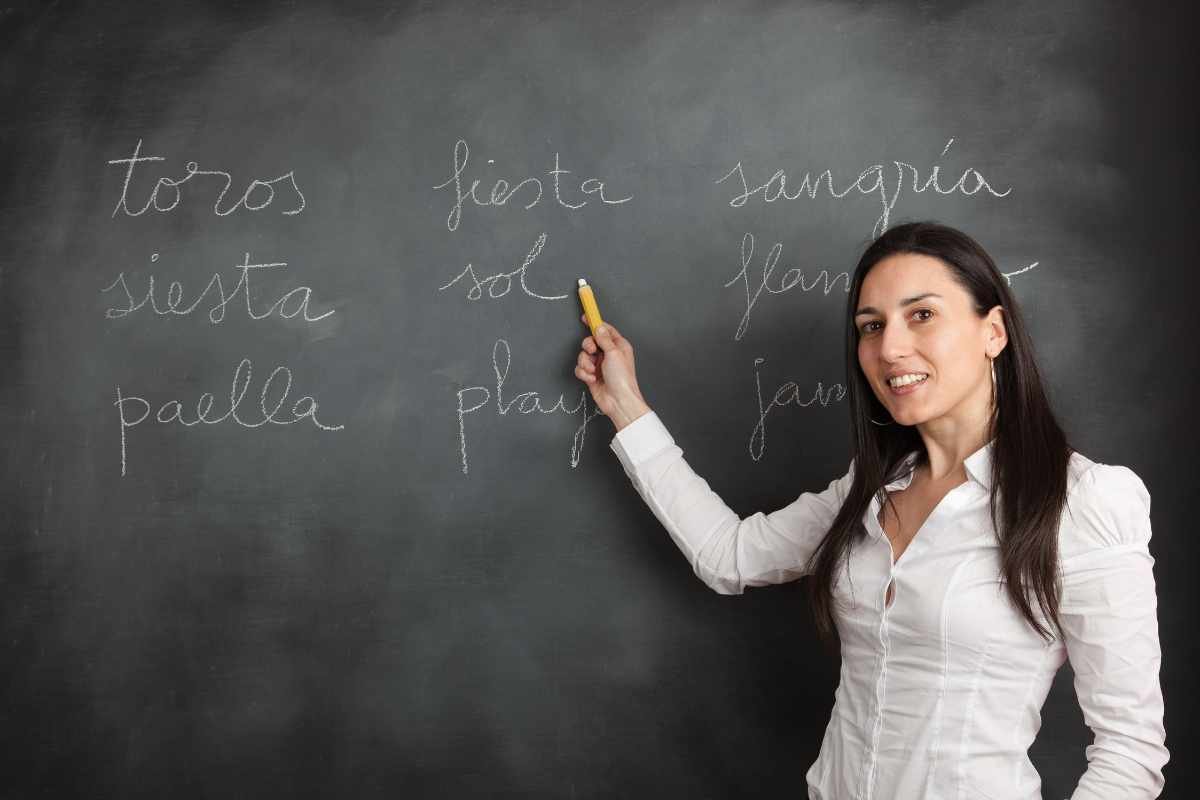Learning a new language as a child can be both an exciting adventure and a significant stepping stone for future opportunities. Spanish, being one of the most widely spoken languages in the world, is an excellent choice for kids to learn early on. Not only does it open doors to different cultures, but it also enhances cognitive skills, improves communication abilities, and boosts confidence. This guide will explore the best strategies to make Spanish language learning fun and engaging for kids, turning the process into an enjoyable experience rather than a daunting task.
Why Teach Kids Spanish Early?
Early childhood is a crucial period for language acquisition. Young brains are wired to absorb new information rapidly, making it easier for kids to pick up a second language. Learning Spanish early:
- Enhances cognitive development and problem-solving skills.
- Improves understanding of different cultures, promoting empathy and open-mindedness.
- Prepares children for future academic and career opportunities, especially in a globalized world where bilingualism is a significant asset.
Setting the Stage: Creating a Language-Friendly Environment
Creating a language-friendly environment at home is one of the most effective ways to immerse children in Spanish. Here are some ways to integrate Spanish naturally into your child’s daily life:
1. Incorporate Spanish into Daily Routines
Use Spanish during routine activities, such as meal times, bedtime, and playtime. Simple phrases like “Buenos días” (good morning), “por favor” (please), and “gracias” (thank you) can easily become part of your child’s vocabulary. Label objects around the house in Spanish, such as “la mesa” (table) or “la puerta” (door), to help with word association.
2. Bilingual Storytime
Reading is a powerful tool for language learning. Introduce bilingual storybooks that tell familiar tales in both English and Spanish. Children can connect the narrative across both languages, making it easier to grasp new words and phrases. Picture books with vibrant illustrations are particularly effective as they provide visual context to the words, aiding comprehension and retention.
3. Songs and Music

Music is a universal language that can make spanish language learning fun and memorable. Spanish songs, nursery rhymes, and even popular children’s tunes translated into Spanish can help kids learn vocabulary and pronunciation effortlessly. Singing along to songs like “La Vaca Lola” or “Los Pollitos Dicen” reinforces language patterns and makes repetition enjoyable.
Engaging Methods to Make Learning Fun:
1. Interactive Apps and Games
In today’s digital age, there are countless apps designed specifically to teach kids Spanish in an engaging way. Apps like Duolingo Kids, Gus on the Go, and Lingokids offer interactive lessons through games, stories, and quizzes that make learning feel like playtime. These platforms often use gamification elements, like earning points or unlocking levels, to motivate children to continue learning.
2. Language Learning Through Play
Children learn best through play, so incorporating Spanish into playtime can be highly effective. Board games, flashcards, and puzzles in Spanish are excellent tools. Additionally, role-playing games, such as pretend shopping or cooking in Spanish, allow kids to practice vocabulary in context, making the learning experience more practical and relevant.
3. Spanish Cartoons and Videos

Visual media is another powerful way to introduce children to Spanish. Popular children’s shows, such as “Dora la Exploradora” or “Pocoyo,” are available in Spanish and can be an entertaining way for kids to hear the language spoken naturally. YouTube also has a plethora of educational channels with content tailored to young learners, such as “Little Pim” or “Rockalingua,” which offer songs, stories, and lessons that keep kids engaged.
Consistency is Key: Building a Routine
Consistency is crucial when it comes to language learning. Here’s how to build a routine that sticks:
1. Daily Practice
Even a few minutes of practice each day can make a significant difference. Set aside time each day for your child to engage with spanish language learning, whether it’s watching a short video, playing a game, or reading a book. The key is to make it a regular, expected part of their day.
2. Positive Reinforcement

Celebrate progress, no matter how small. Positive reinforcement can boost motivation and encourage continued effort. Reward systems, like stickers for completed activities or a small treat for using a new word correctly, can keep enthusiasm high.
3. Parental Involvement
Your involvement is crucial in your child’s language journey. Even if you don’t speak Spanish fluently, showing interest and participating in activities will encourage your child. Learn alongside them, repeat phrases, and practice together. Your support can make a huge difference in their learning experience.
Connecting with Native Speakers
Exposure to native speakers provides invaluable practice and helps kids understand the rhythm and nuances of the language. Consider enrolling your child in a Spanish language learning, either in-person or online, where they can interact with peers and instructors who speak Spanish. Additionally, community events, cultural festivals, or even virtual exchanges with Spanish-speaking families can provide authentic opportunities to use the language in real-life scenarios.
Conclusion
Learning Spanish can be an enjoyable and rewarding experience for kids, especially when approached with creativity and consistency. By integrating Spanish into everyday routines, utilizing engaging methods like music and games, and providing opportunities for real-world practice, children can develop a strong foundation in the language. Encouraging a love for learning and making the process fun will not only help them become bilingual but also instill a lifelong appreciation for other cultures and languages. With the right strategies, your child can embark on a successful journey of Spanish language learning that feels more like a grand adventure than a classroom assignment.





